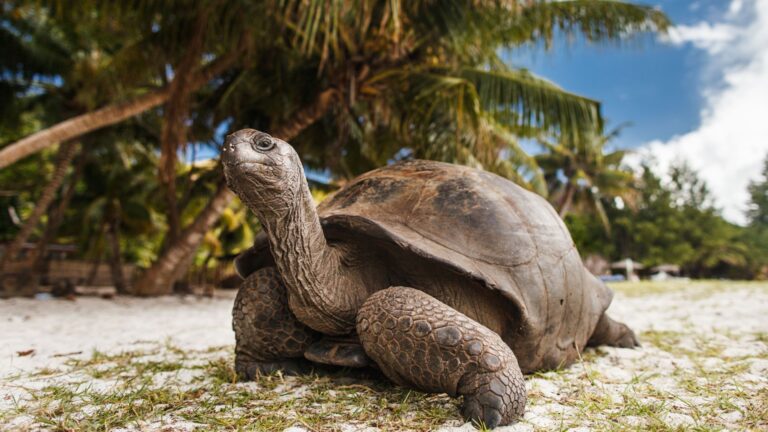10 Intriguing Facts About The Elusive Labrador Wolf
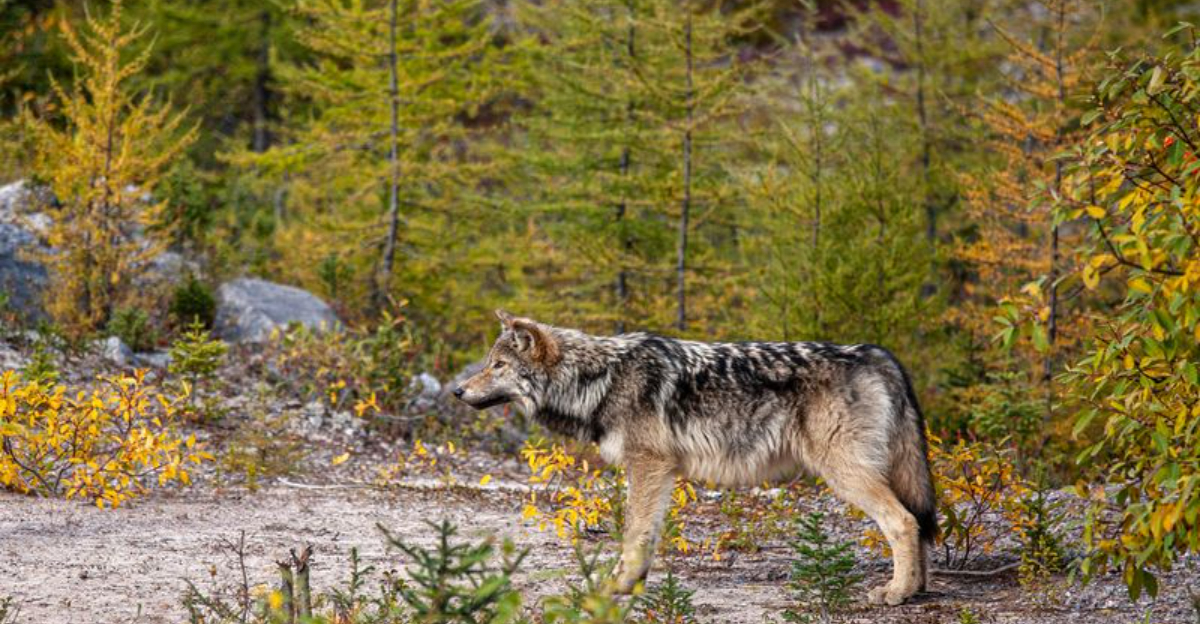
Let me take you on a wild journey into the world of the elusive Labrador wolf. These majestic creatures are often shrouded in mystery, but fear not – I’ve gathered some fascinating tidbits to unveil the secrets of this magnificent animal.
A subspecies of the gray wolf, the Labrador wolf (Canis lupus labradorius) roams the remote wilderness of northeastern Canada. Adapted to harsh, rugged terrain, it stands apart with traits uniquely suited to its cold, isolated environment.
So, what makes this northern predator so special? Let’s dive into the wild world of the Labrador wolf.
1. Unique Howling Patterns
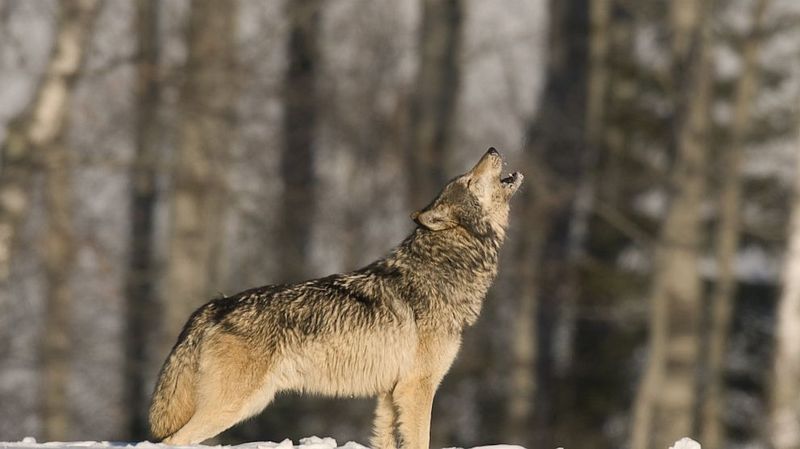
The Labrador wolf’s unique howling patterns are like nature’s symphony, each note echoing through the woods.
These wolves communicate with each other through a range of vocalizations that can be heard miles away.
Their howls are not just for show – they serve as a means to mark territory, rally the pack, or simply express themselves.
2. Frosty Fur Adaptation
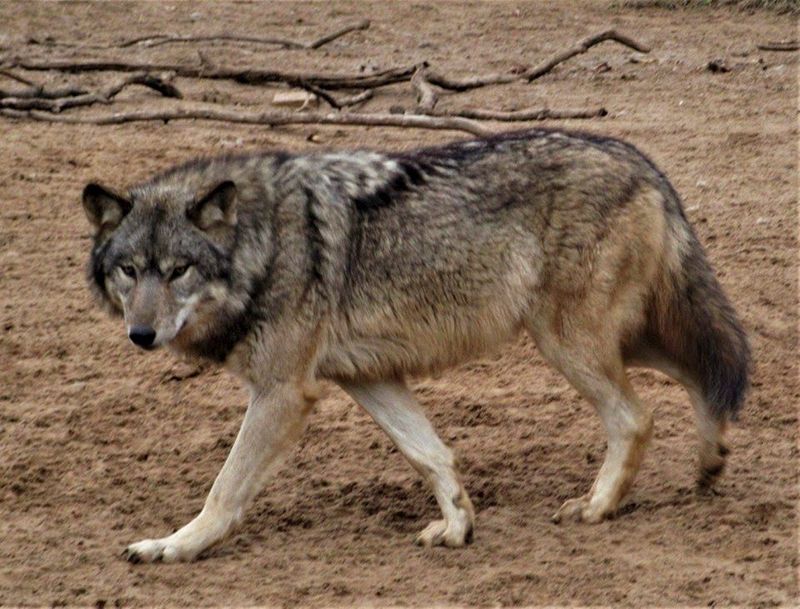
The Labrador wolf’s fur is an extraordinary adaptation to the chilly environment it calls home. Its dense, frosty coat acts like a natural thermal blanket, keeping the cold at bay.
This isn’t just any fur – it’s specifically designed to withstand frigid temperatures, allowing the wolf to roam freely across icy terrains.
The wintry climate is no match for their incredibly insulating pelage. Nature has crafted a masterpiece, ensuring these wolves stay warm and agile.
3. Social Structure Of Packs

In the heart of the wilderness, Labrador wolves have formed a close-knit society. Their packs operate with a clear social hierarchy, led by an alpha pair who guide the group with wisdom and strength.
Within this structure, each wolf has a role, from caring for the young to safeguarding the territory. This dynamic ensures survival in the harsh landscape.
4. Dietary Preferences
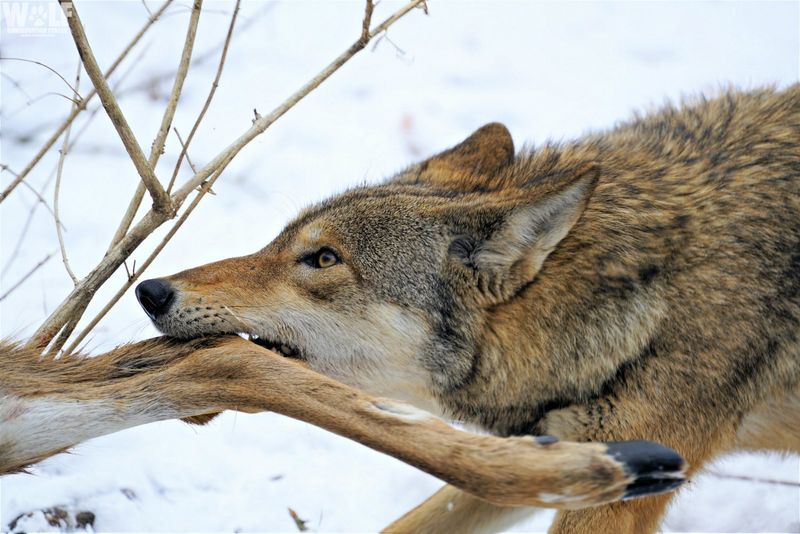
What do Labrador wolves fancy for dinner? These predators have a diverse menu that adapts to their surroundings. From larger game like caribou to smaller mammals, they hunt with precision and strategy.
Their diet isn’t just about survival – it’s a reflection of their environment and the availability of prey. The wolves’ ability to adjust their hunting strategies showcases their intelligence and adaptability.
5. Elusive Mating Rituals
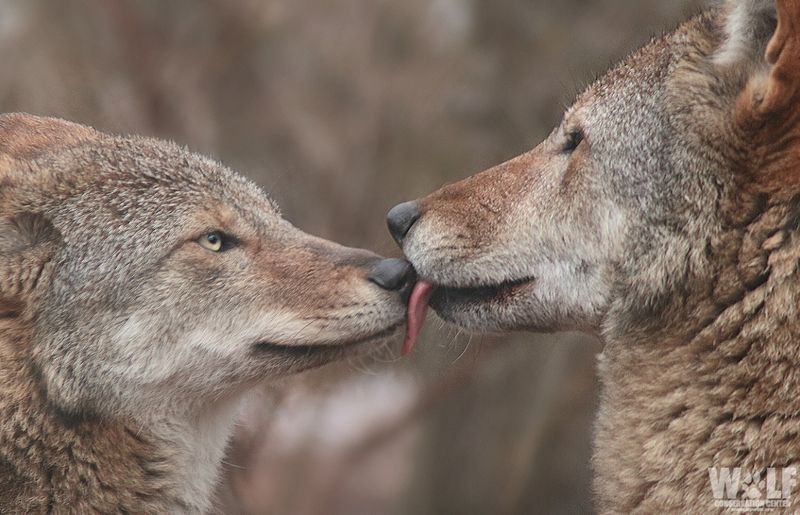
Love is in the air – quite literally for the Labrador wolf! Their mating rituals are a dance of grace and affection, characterized by synchronized movements and soft exchanges.
These ceremonies are a vital aspect of their social structure, strengthening bonds and ensuring the continuity of the pack.
Observing such rituals is like peering into a world where connection and loyalty reign supreme. It’s a captivating aspect of their lives that reinforces the unity within their packs.
6. Territory Marking Techniques
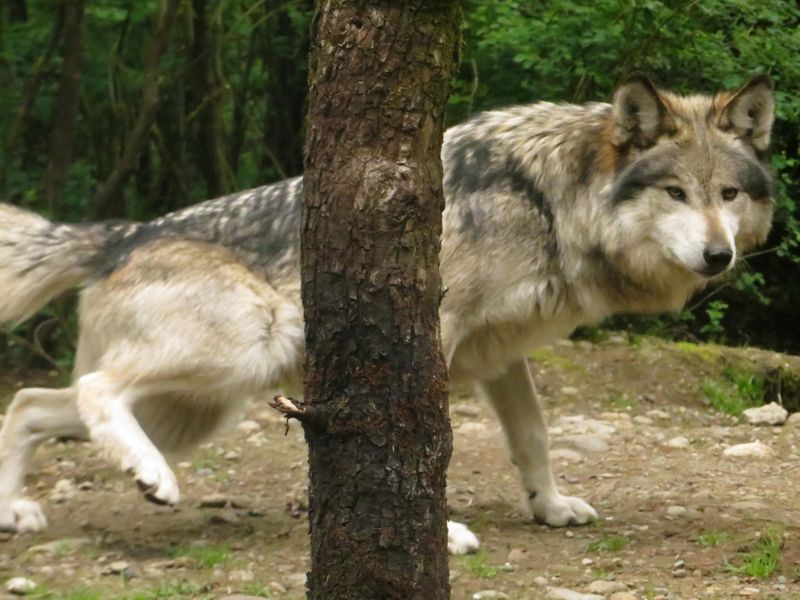
These intelligent creatures employ a variety of marking techniques, from scent marking to physical signs.
By leaving their marks on trees and rocks, they communicate territorial boundaries to other wolves. It’s a sophisticated system that ensures everyone respects each other’s space.
This unique practice gives us a glimpse into their world, where boundaries are defined with precision and respect.
7. The Role Of The Omega
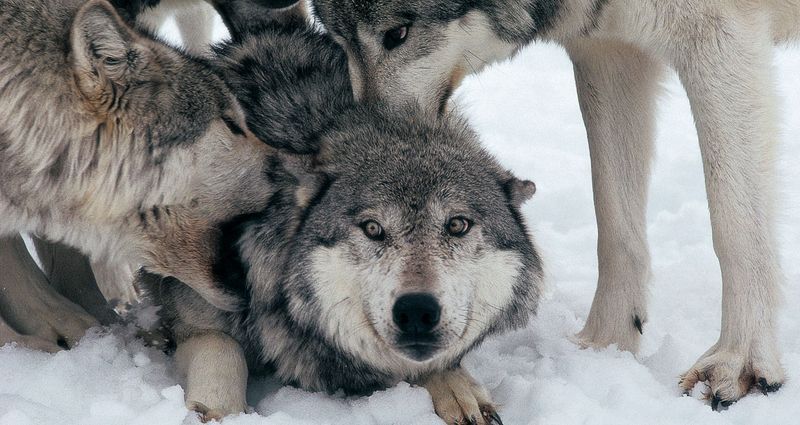
In a wolf pack, not all roles are about dominance. The omega wolf, often seen as the underdog, plays a crucial part in maintaining harmony. Their presence can defuse tension and foster social bonds.
Though they may appear submissive, omegas are vital peacekeepers, diffusing conflicts and promoting cohesion. It’s a role that speaks volumes about the complexity and depth of wolf pack dynamics.
8. Communication Through Body Language
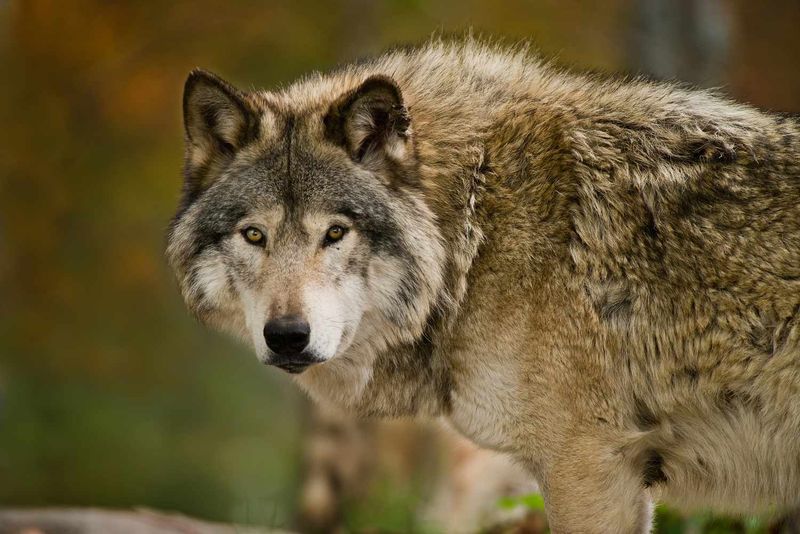
Silent whispers of the wild – that’s how Labrador wolves communicate through body language. From ear twitches to tail wags, their non-verbal cues convey complex messages.
Ears perked up? It might signal alertness. A wagging tail? Perhaps a friendly greeting. This intricate language adds another layer to their fascinating world, where every gesture holds meaning.
9. Seasonal Migration Patterns
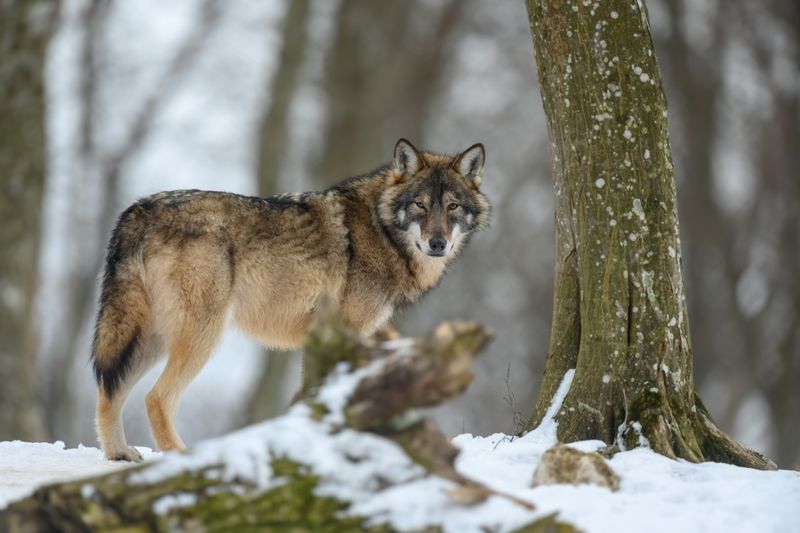
As the seasons change, so do the paths of the Labrador wolves. Their migration is a journey dictated by the ebb and flow of nature’s cycles.
They traverse vast distances in search of food and suitable habitats, a testament to their endurance and survival instincts.
This seasonal migration showcases their adaptability and resilience, as they navigate through challenging terrains.
10. Conservation Status
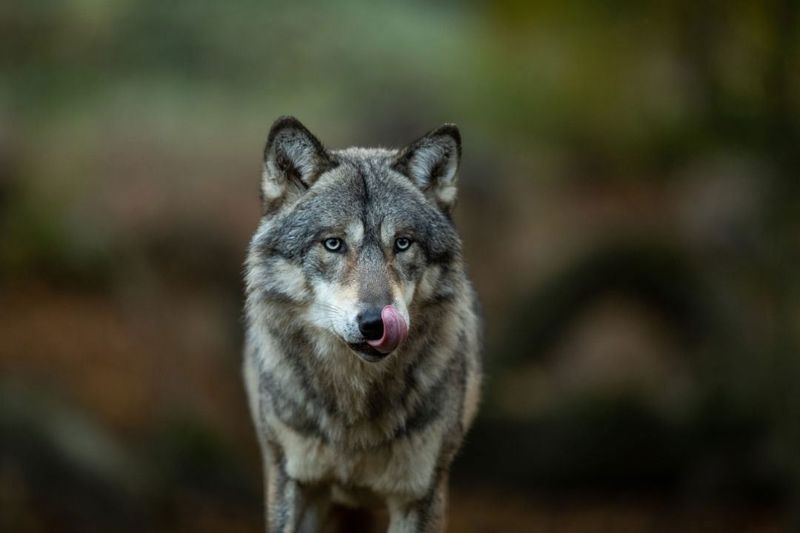
Did you know that Labrador wolves face a fragile future? Their conservation status raises important questions about preserving these magnificent creatures.
Efforts are underway to safeguard their habitats and ensure their survival. Conservationists work tirelessly to understand their needs and protect their environment.
It’s a collaborative effort, highlighting the importance of biodiversity and ecological balance. The story of the Labrador wolf is a reminder of our responsibility to coexist with and protect the natural world.



